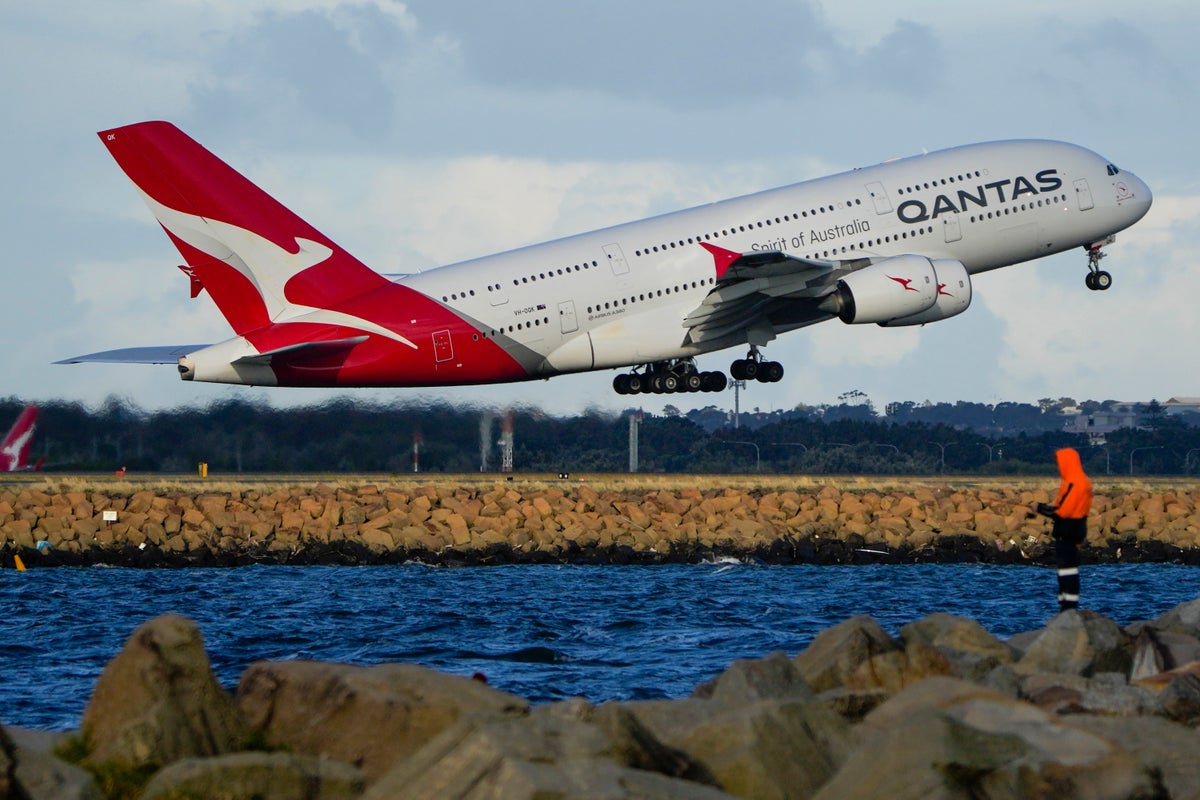
Australian national carrier Qantas posted an underlying pre-tax half-year profit of 1.43 billion Australian dollars ($978 million) on Thursday in the airline's first return to profit since the coronavirus pandemic started three years ago.
The first-half result for the six months through December was at the top end of the airline’s forecast for an underlying profit between AU$1.35 billion ($923 million) and AU$1.45 billion ($991 million).
The statutory net profit for the six months was AU$1 billion ($684 million), compared to a AU$456 million ($312 million) net loss a year earlier.
Australia had some of the world’s toughest restrictions on international and domestic travel during the pandemic, which hit the Sydney-based airline hard. Australia's final pandemic travel restrictions were lifted a year ago.
Qantas CEO Alan Joyce said the airline had planned for a quick rebound in profitability.
“When we restructured the business at the start of COVID, it was to make sure we could bounce back quickly when travel returned,” Joyce said.
“That’s effectively what’s happened, but it’s the strength of the demand that has driven such a strong result,” he added.
A rebound in air travel demand pushed Qantas to revenue of AU$9.9 billion ($6.8 billion), more than three times the figure for the same period a year earlier.
“While interest rates and inflation are expected to hit discretionary spending at some point, we have yet to see any signs of that,” Joyce said in a media briefing.
“In fact, research shows that travel is one area that people want to prioritize over the next 12 months,” he added.
Qantas’ profit turnaround comes after three years and AU$7 billion ($4.8 billion) in statutory losses due to the pandemic, and was delivered despite fuel costs soaring 65% from pre-pandemic levels last year amid energy shortages caused by the Russia-Ukraine war.
All segments of Qantas' business turned profitable during the half year, led by Qantas Domestic, which recorded AU$785 million ($537 million) in earnings before interest and tax, compared to a AU$613 million ($419 million) loss a year ago.







